Where else do Russians live, apart from Russia?

A view shows an apartment block with a facade, depicting the colours of the Russian state flag in Saint Petersburg, Russia.
REUTERS1. Ukraine — 8.3 million
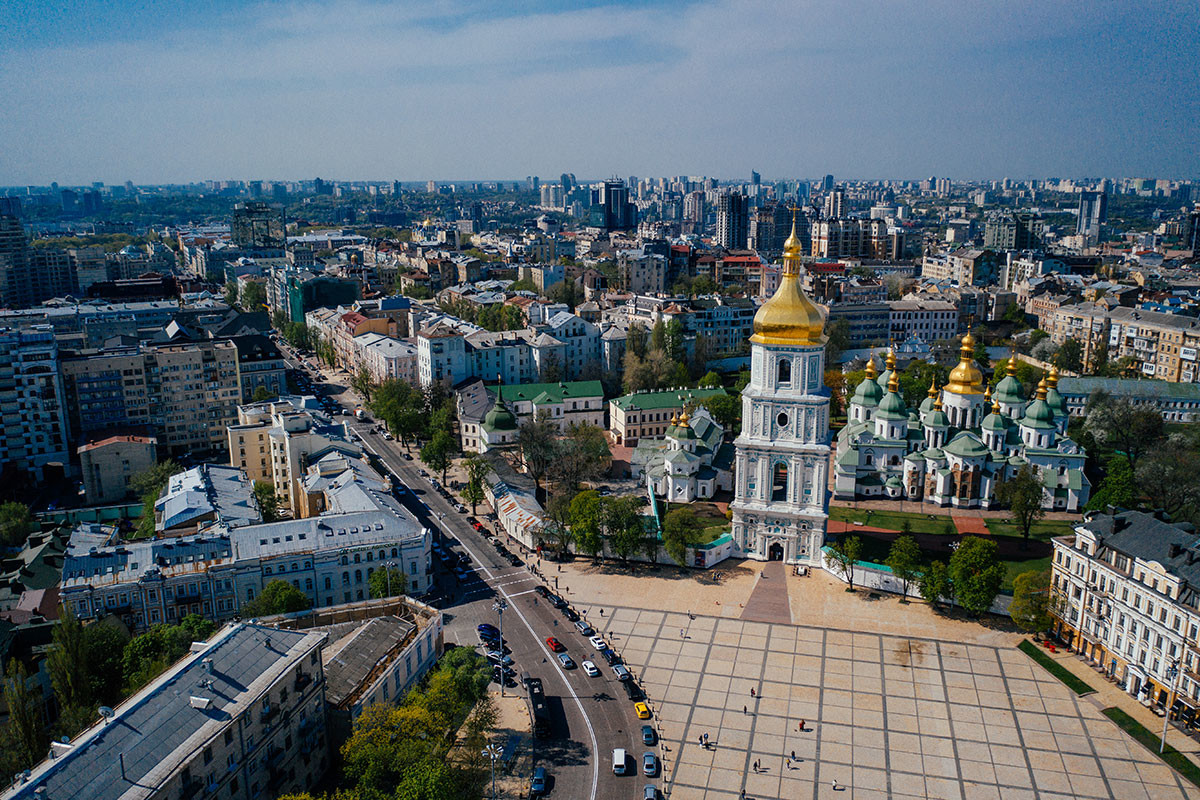
According to the latest population census conducted in Ukraine in 2001, there were 8.3 million ethnic Russians living in the country.
DepositphotosLike many other post-Soviet states, Russia and Ukraine were regarded as part of a single country, the USSR, from its inception up to 1991. Inevitably, people of Ukrainian and Russian ethnicities relocated freely across the non-existent border, mixed and settled on both sides of what has now become an international frontier.
According to the latest population census conducted in Ukraine in 2001, there were 8.3 million ethnic Russians living in the country. Being the second most populous ethnic group in Ukraine, Russians comprised 17.28 percent of the whole population in the country, falling short of Ukrainians who counted at 37.5 million.
2. Kazakhstan — 3.8 million
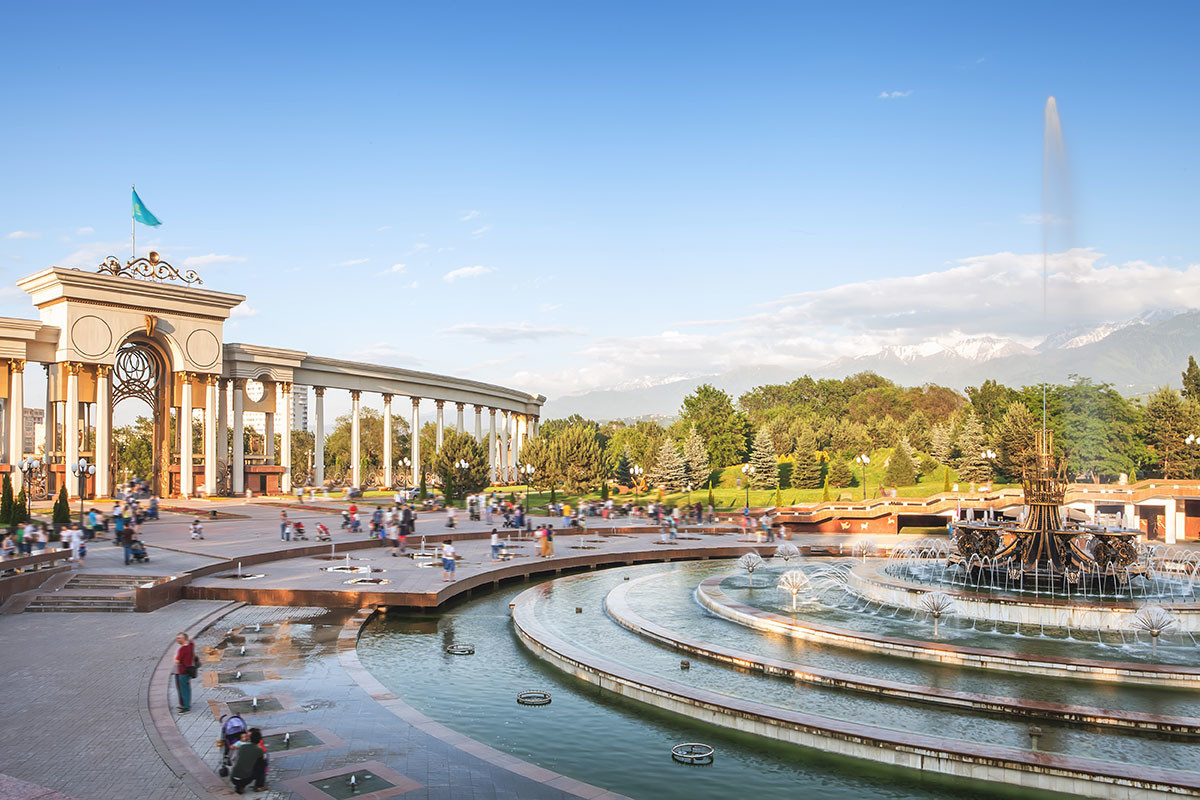
Even 30 years after Kazakhstan became an independent country after the fall of the USSR, Russians still make up a great bulk of the population there.
DepositphotosFor a generation of ethnic Russians born at the turning point of Soviet history, from the late 1980s to the early 1990s, growing up in Kazakhstan was akin to growing up in Russia, as they were surrounded by Russians.
Even today, 30 years after Kazakhstan became an independent country after the fall of the USSR, Russians still make up a great bulk of the population there. In 2009, for example, ethnic Russians comprised a full quarter of the population of Kazakhstan. The percentage of ethnic Russians has been slightly decreasing throughout the years (the new numbers will be available after the census of 2021 will be completed), yet it still remains the second most populous ethnic group in the country, totalling approximately 3.8 million people.
3. The U.S. — 3.1 million

The first Russians started arriving in the U.S. in the 18th and 19th centuries, contributing to the new country’s development, including establishing the famous Fort Ross in California.
DepositphotosSurprisingly, the U.S. makes the top three countries which have accommodated the most ethnic Russians in absolute numbers. Historically, there have been four so-called “waves” of Russian emigration to the U.S.
The first Russians started arriving in the U.S. in the 18th and 19th centuries, contributing to the new country’s development, including establishing the famous Fort Ross in California. The second wave of immigration consisted mostly of Jews who left the Russian Empire in search of a better life stateside and the White Army officers who fled the new Bolshevik regime at the beginning of the 20th century. Soviet dissidents, leaving the USSR willingly and not, made up the third wave of immigration. The final, fourth wave of Russian emigration to the U.S. happened after the fall of the Iron Curtain in 1991, when a great many people dissatisfied with life under the Soviet flag and disenchanted about their prospects in newly independent Russia resettled in the U.S.
Today, there are approximately 3.1 million ethnic Russians living in the U.S., although the number is a rough estimate as the term “Russian” is liberally used in the U.S. to describe immigrants from many other post-Soviet and East European states, apart from Russia. Despite the large number, the Russians only make up around one percent of the U.S. population.
4. Germany — 2.2 million
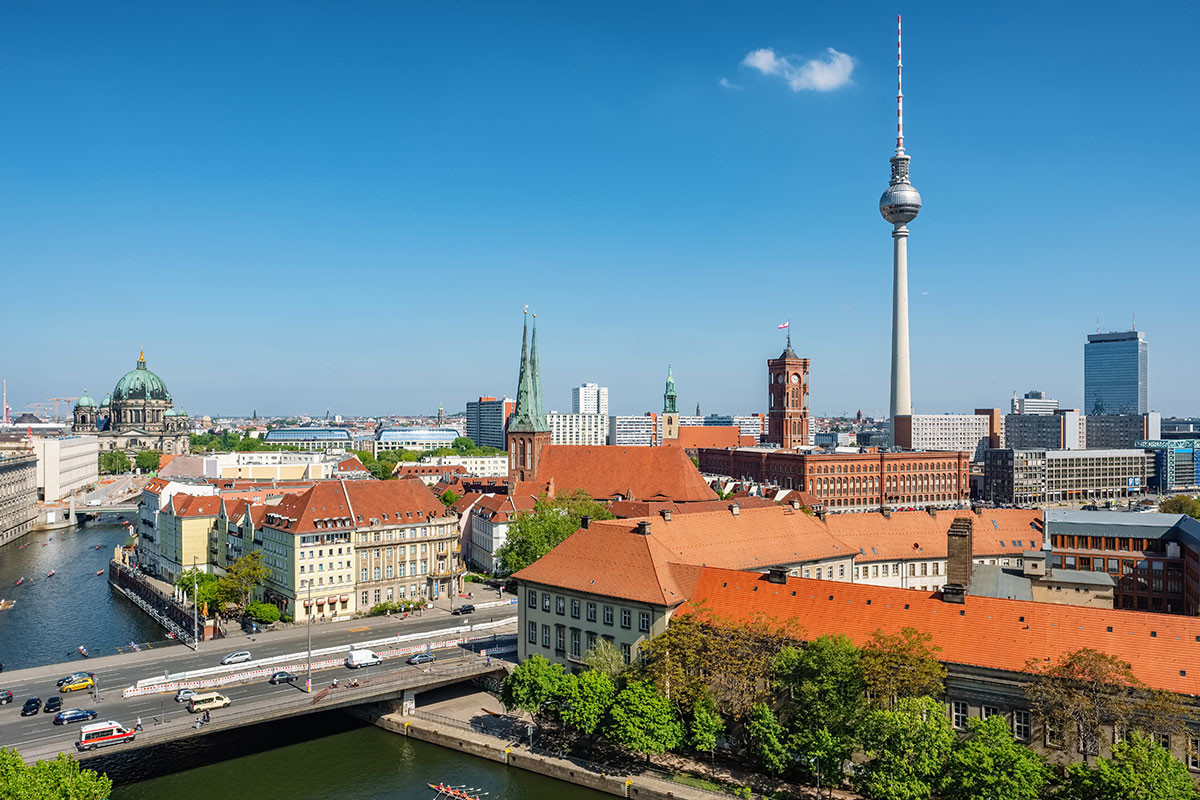
It’s hard to estimate the number of ethnic Russians in Germany, because a great many Germans who had been living in the USSR massively migrated back to Germany after the fall of the Berlin Wall.
DepositphotosThe history of Russia and Germany has been closely intertwined for centuries, which facilitated the resettlement of people in the long term. Back in the time of the Russian Empire, an ethnically German princess even ruled Russia, eventually becoming the most famous woman who ruled the Russian state.
It’s hard to estimate the number of ethnic Russians in Germany, because a great many Germans who had been living in the USSR — offsprings of the ethnic Germans living in the Russian Empire and those relocated during World War II — massively migrated back to Germany after the fall of the Berlin Wall, reunification of Germany and the collapse of the Soviet Union in the late 1980s and the early 1990s. It’s estimated, nonetheless, that there are approximately 2.2 million ethnic Russians living in Germany who, together, comprise one of the biggest Russian-speaking diasporas in the world.
5. Uzbekistan — 0.7 million
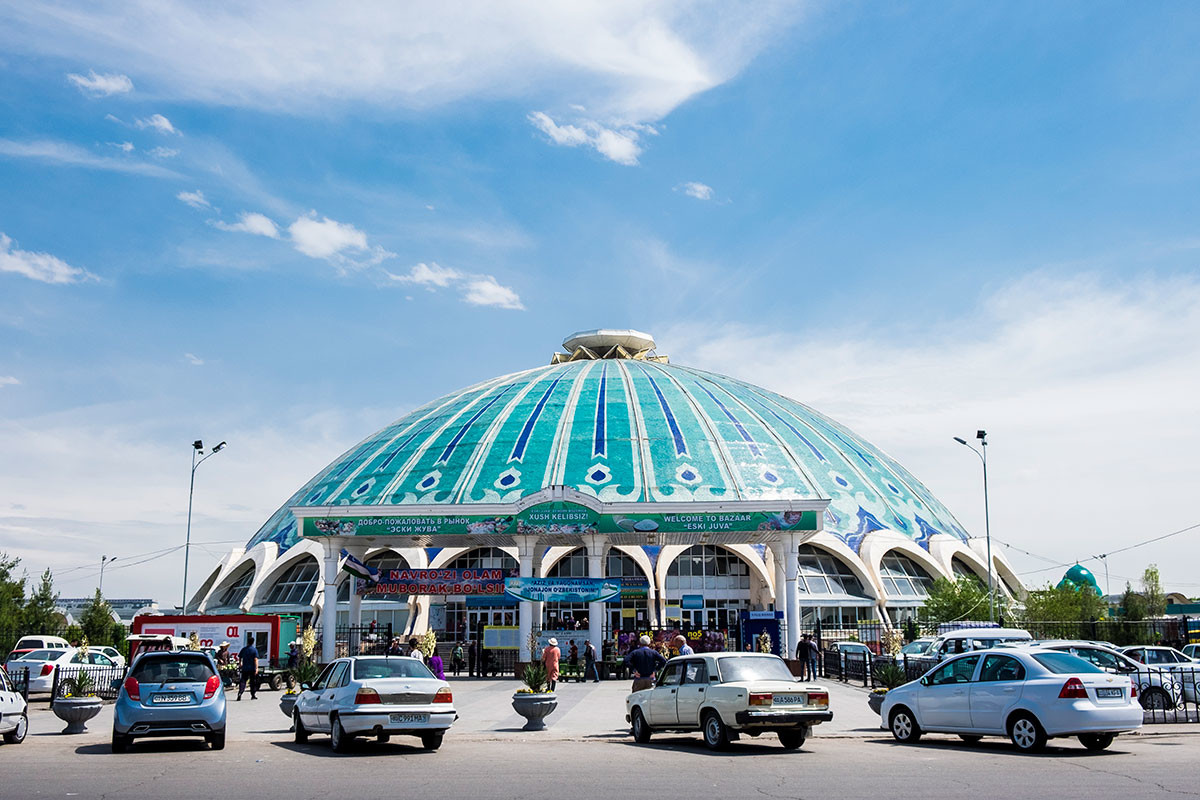
The Uzbek authorities estimate that, by 2021, the number of ethnic Russians living in the country saw a twofold decrease, from 1.6 million to 730 thousand people.
DepositphotosBefore the collapse of the Soviet Union, some 1.6 million ethnic Russians lived permanently in Uzbekistan, which was a part of the USSR at the time. Yet, after the Soviet Union shattered into a number of independent states, a great many ethnic Russians fled the country and returned to their historic motherland, Russia. The Uzbek authorities estimate that, by 2021, the number of ethnic Russians living in the country saw a twofold decrease, from 1.6 million to 730 thousand people.
6. Belarus, Canada, Latvia, Kyrgyzstan, Estonia, and Brazil — 2.7 million
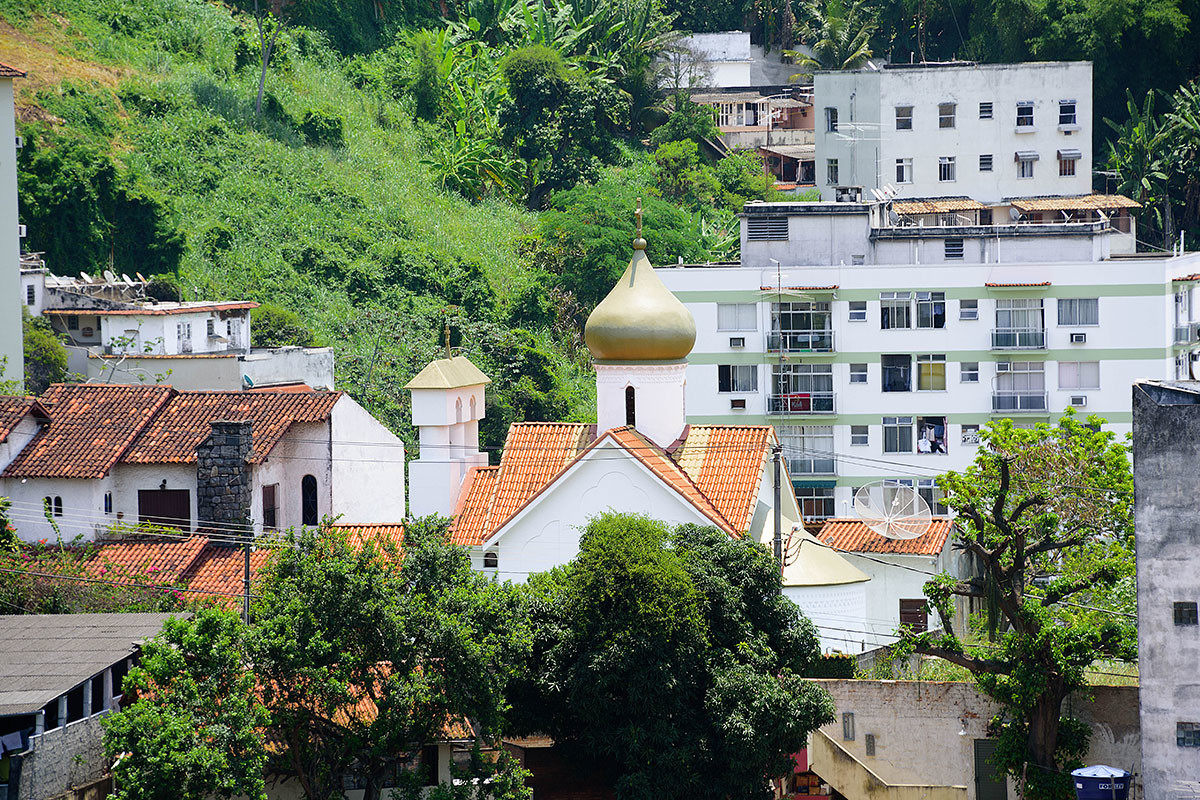
St. Martyr Zenaida Russian Orthodox Church, Rio de Janeiro, Brazil.
DepositphotosThese six countries combined are home to approximately 2.7 million ethnic Russians. In some places, they comprise a small fraction of the population, while in others — Latvia and Estonia in particular — ethnic Russians make up a considerable bulk of the population — 24.5 percent and 24.3 percent, respectively.
Sources:
All-Ukrainian Population Census 2001
Population Census of Kazakhstan 2009
Report of the Ministry of Foreign Affairs of the Russian Federation “Russian Language in the World”
The State Committee of the Republic of Uzbekistan on Statistics
Click here for the list of 5 territories that narrowly avoided becoming Russia’s colonies.
If using any of Russia Beyond's content, partly or in full, always provide an active hyperlink to the original material.
Subscribe
to our newsletter!
Get the week's best stories straight to your inbox